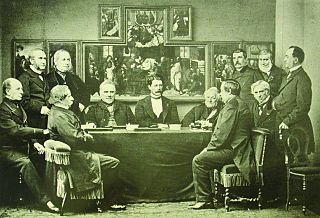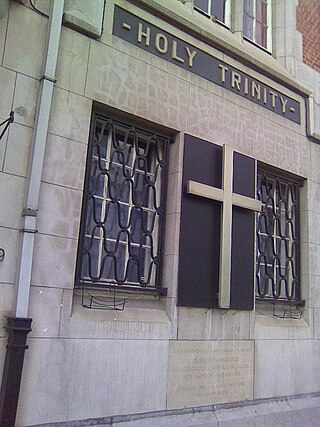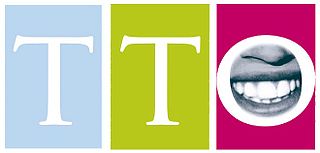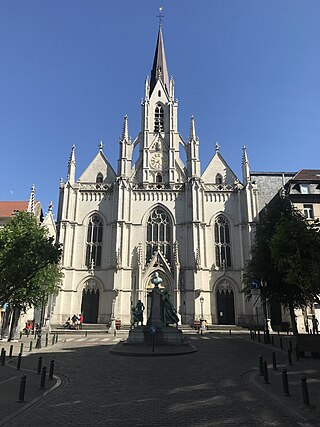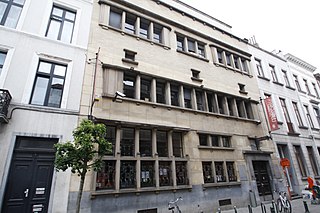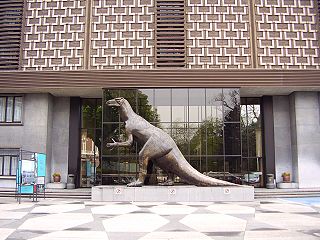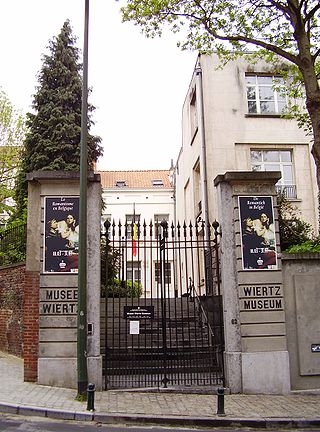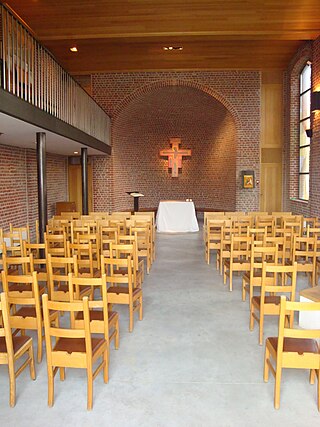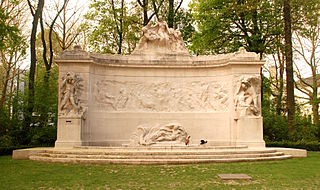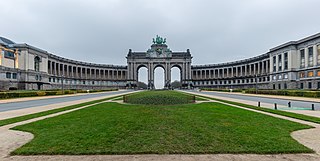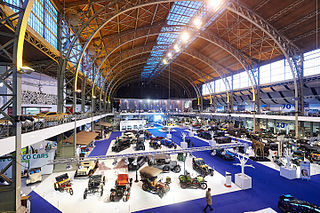Self-guided Sightseeing Tour #7 in Brussels, Belgium
Legend
Guided Free Walking Tours
Book free guided walking tours in Brussels.
Guided Sightseeing Tours
Book guided sightseeing tours and activities in Brussels.
Tour Facts
7.5 km
171 m
Experience Brussels in Belgium in a whole new way with our free self-guided sightseeing tour. This site not only offers you practical information and insider tips, but also a rich variety of activities and sights you shouldn't miss. Whether you love art and culture, want to explore historical sites or simply want to experience the vibrant atmosphere of a lively city - you'll find everything you need for your personal adventure here.
Activities in BrusselsIndividual Sights in BrusselsSight 1: Musée du CPAS de Bruxelles - Museum van het OCMW van Brussel
The Museum of the Public Centre for Social Welfare of Brussels is a museum located in the Marolles district. It is located high up in an administrative building and can only be visited for about eight hours a week.
Wikipedia: Museum van het Openbaar Centrum voor Maatschappelijk Welzijn van Brussel (NL), Website
Sight 2: Pro-Cathedral of the Holy Trinity
The Procathedral of the Holy Trinity is an Anglican church building in the Brussels municipality of Ixelles. The Anglican Communion, which has been present in Brussels for about two hundred years, originally met in private homes. It was only after the Battle of Waterloo that the first regular municipalities were established. The first chapel of this municipality was located in the Rue Belliard in Brussels. The current church was built between 1883 and 1885 by contractor Jean François according to the plans of architect William Barber. In 1897 the church was extended with the choir to a design by the architects Huvenne and Jasinski. After the First World War, in 1928, the Church House was erected along the street. In 2001, a modern hall complex was added to the church building.
Wikipedia: Heilige Drievuldigheidskathedraal (Brussel) (NL), Website
Sight 3: Théâtre Molière
Located in the Porte de Namur district, the Théâtre Molière has a capacity of 375 seats. It is managed by the non-profit organisation Muziekpublique, which promotes world music in the form of concerts, masterclasses, courses and courses.
Sight 4: Théâtre de la Toison d’Or
The Théâtre de la Toison d'or, also abbreviated as TTO, is a theatre in Brussels, located in the Galeries de la Toison d'or, near the Louise district, in the municipality of Ixelles. Inaugurated in 1995, this theatre aims to promote humour, comedy of all kinds, as well as Belgian creation.
Sight 5: Église Saint-Boniface - Sint-Bonifaaskerk
The Church of St. Boniface is a Roman Catholic church located at 21a-23 rue de la paix, in Ixelles, a municipality in the city of Brussels, Belgium.
Sight 6: Théâtre Mercelis - Mercelistheater
The Petit Théâtre Mercelis is a theatre located in Ixelles. It welcomes artists and the public halfway between Avenue Louise and Place Fernand Cocq, at numbers 13 and 15 rue Mercelis.
Sight 7: Le Rideau de Bruxelles
Le Rideau de Bruxelles is a theatre company founded in 1943 by Claude Étienne at the Palais des Beaux-Arts in Brussels. It is now located in the municipality of Ixelles.
Sight 8: Museum for Natural Sciences of Belgium
The Museum of Natural Sciences of Belgium is a Brussels museum dedicated to natural history. It is a part of the Royal Belgian Institute of Natural Sciences.
Sight 9: Musée Wiertz Museum
The Wiertz Museum is a museum dedicated to the oeuvre of a single artist; the painter, sculptor and writer Antoine Wiertz (1806-1865). The Wiertz Museum, located in Rue Vautier in the Brussels municipality of Ixelles, was built as a studio and residence at the expense of the state for the painter Antoine Wiertz, who would leave behind seven monumental paintings in return. Shortly after the artist's death, the studio became a museum. Henri or Hendrik Conscience lived in the house from 1868, until his death in 1883.
Sight 10: Parc Léopold - Leopoldpark
Leopold Park is a public park of 6.43 ha located within the Leopold Quarter of Brussels, Belgium. It is adjacent to the Paul-Henri Spaak building, the seat of the European Parliament. It is served by the metro stations Maalbeek/Maelbeek and Schuman on lines 1 and 5.
Sight 11: House of European History
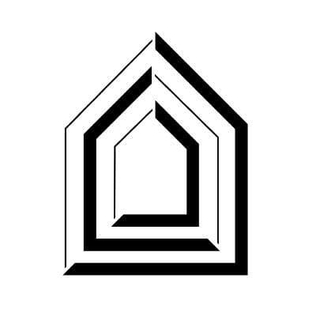
The House of European History (HEH) is a history museum and cultural institution in Brussels, Belgium, focusing on the recent history of Europe. It is an initiative by the European Parliament, and was proposed in 2007 by the Parliament's then-president, Hans-Gert Pöttering; it opened on 6 May 2017.
Sight 12: Unity in Peace
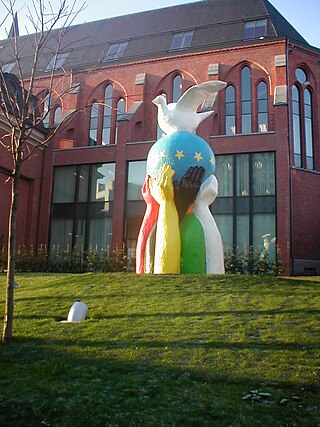
The Statue of Europe is a sculpture symbolising peace through European integration, while at the same time aiming to demonstrate the motto of the European Union (EU), "United in Diversity". It is located in the garden of Convent Van Maerlant in the crossroads of the Rue Van Maerlant/Van Maerlantsraat and the Chaussée d'Etterbeek/Etterbeeksesteenweg, in the European Quarter of Brussels, Belgium. Made out of resin, the statue measures more than 5 m and weighs nearly 800 kg. It was inaugurated on 9 December 2003 by Neil Kinnock and Viviane Reding, who respectively were Vice-President of the European Commission and Commissioner for Culture at the time. 2003 was the European Year of People with Disabilities, and the Eastern enlargement of the EU was awaited.
Sight 13: Chapel of the Resurrection
The Chapel of the Resurrection, also known as the Chapel for Europe, is a Catholic religious building with an ecumenical vocation located at 24 rue van Maerlant, in the heart of the European quarter of Brussels. Formerly the chapel of a convent of contemplative nuns, the building was restored and reopened in 2008 as a European ecumenical place. Worship and activities are celebrated in several languages, but mainly in English and French. The pastoral responsibility of the Chapel was entrusted to the Jesuits.
Sight 14: Monument to the Belgian pioneers in Congo
The Monument to the Belgian Pioneers in Congo is an allegorical monument in the Parc du Cinquantenaire/Jubelpark in Brussels, Belgium. It was designed by the sculptor Thomas Vinçotte and crafted between 1911 and 1921 to commemorate the Congo Free State. In particular, it honours the Belgian 'pioneers' (soldiers) who brought 'civilisation' to the Congo, especially through the Congo–Arab War (1892–1894) that sought to conquer present-day East Congo and end the Arab slave trade there.
Wikipedia: Monument to the Belgian Pioneers in Congo (EN), Heritage Website
Sight 15: Art & History Museum
The Art & History Museum is a public museum of antiquities and ethnographic and decorative arts located at the Parc du Cinquantenaire/Jubelpark in Brussels, Belgium. The museum is one of the constituent parts of the Royal Museums of Art and History (RMAH) and is one of the largest art museums in Europe. It was formerly called the Cinquantenaire Museum until 2018. It is served by the metro stations Schuman and Merode on lines 1 and 5.
Sight 16: Archs of the Cinquantenaire
The Cinquantenaire Arcade is a memorial arcade in the centre of the Parc du Cinquantenaire/Jubelpark in Brussels, Belgium. The centrepiece is a monumental triple arch known as the Cinquantenaire Arch. It is topped by a bronze quadriga sculptural group with a female charioteer, representing the Province of Brabant personified raising the national flag.
Sight 17: Autoworld Museum
Autoworld is a museum of vintage cars located in the South Hall of the Parc du Cinquantenaire/Jubelpark in Brussels, Belgium. The museum displays a large and varied collection of over 250 European and American automobiles from the late 19th century to the 1990s and is notable for its collections of early and Belgian-produced vehicles, including Minervas and several limousines belonging to the Belgian royal family. It can be accessed from the metro stations Schuman and Merode on lines 1 and 5.
Sight 18: Institut Nalanda - Nalanda Instituut
The Nalanda Institute is a Tibetan Buddhist institute in Brussels. Due to its location in the capital, it attracts audiences of different nationalities. The Buddhist Dharma Center was founded in 1991 and is part of the Tibetan Institute.
Share
Disclaimer Please be aware of your surroundings and do not enter private property. We are not liable for any damages that occur during the tours.
GPX-Download For navigation apps and GPS devices you can download the tour as a GPX file.
